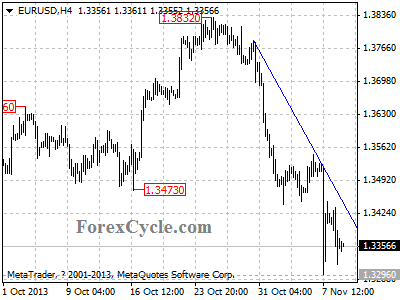It’s as bad as expected, or should I say so far so good? I have been critical about the housing market in the U.S. economy for some time now; I don’t buy the blind optimism that is heard in the mainstream these days, which states the housing market will continue to increase at the rate we have seen in 2012. I stand in the camp that says we are not going to see a crash like the one we saw not too long ago, but at the same time, the increase in the U.S. housing market won’t be as exuberant as we witnessed last year—in fact, we might even see a correction going forward.
It’s not just me saying this; Fitch Ratings also agrees with this notion. According to its U.S. RMBS Sustainable Home Price and Economic Risk Factor Report, home prices in the U.S. housing market are overvalued by 17% as per Fitch’s Sustainable Home Prices (SHP) model. The rating agency said that the U.S. housing market has increased 20% year-over-year; this is the highest growth rate in any time in the last 10 years. (Source: “Fitch: Several U.S. Cities Nearing Bubble-Year Home Price Peaks,” Fitch Ratings web site, November 6, 2013.)
Here’s why the housing market looks to be facing hardships going forward.
The U.S. economy is still in trouble, as the financial crisis has left deep wounds that haven’t healed. If someone doesn’t have enough income to pay for their expenses and they’re relying heavily on government assistance, such as food stamps, would they actively look to buy a home? I don’t think it would be their first priority.
In addition to this, the mortgage rates have increased substantially since May of this year. This is all thanks to the quantitative easing taper speculation. What it has done is send those who were thinking of entering the housing market away. When the mortgage rates increase, it makes it more expensive for an individual to own a house. For example, According to the National Association of Realtors, 28% of all existing home sales in the U.S. housing market in September were from first-time home buyers. Compared to last year, this number has declined 12.5% from the same period a year ago. (Source: “Existing-Home Sales Down in September but Prices Rise,” National Association of Realtors web site, October 21, 2013.)
Worst of all, the U.S. housing market saw an influx of investors coming in and buying homes in bulk with cash. We have seen this in the past, when companies like Blackrock, Inc. (NYSE/BLK) purchased a significant amount of residential properties for the sole purpose of renovating and renting them out.
With all this in mind; one must wonder what happens to the homebuilder stocks, since they are closely related to the housing market.
Truth be told, if the housing market in the U.S. economy faces hurdles, the homebuilder stocks will face a precarious future ahead. If investors are heavily invested in them, this may be the time to think and reflect on what’s happening in the U.S. housing market. If they insist on keeping those stocks, then they should consider taking some profits off the table.
This article Finally, Someone Else Says Housing Market Rebound Suspicious was originally published at Daily Gains Letter





